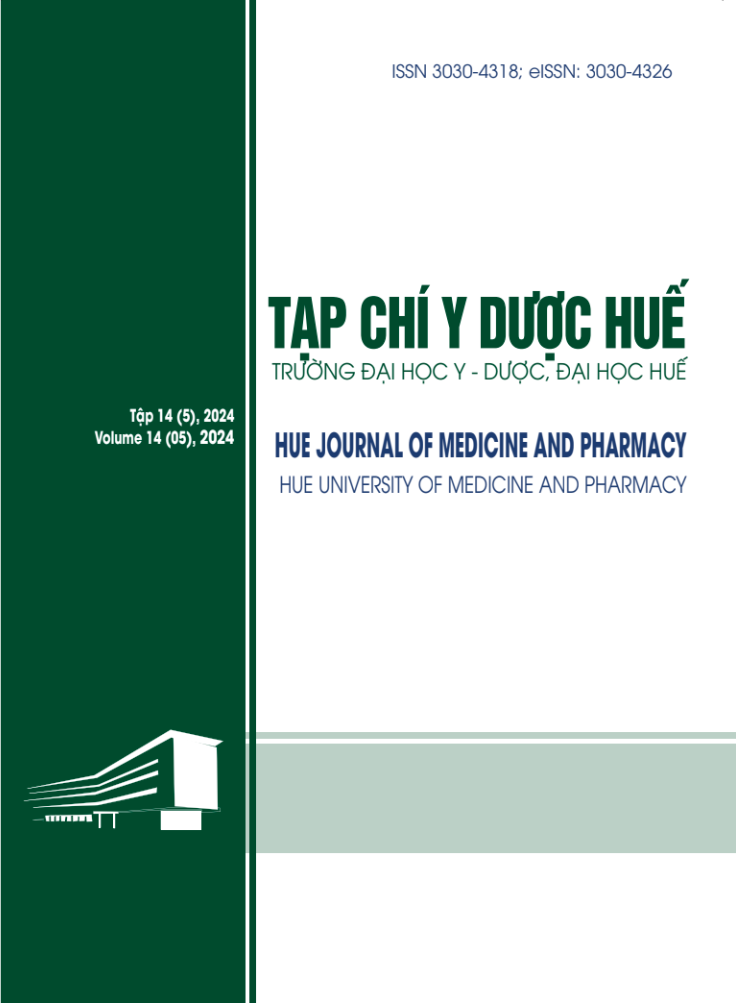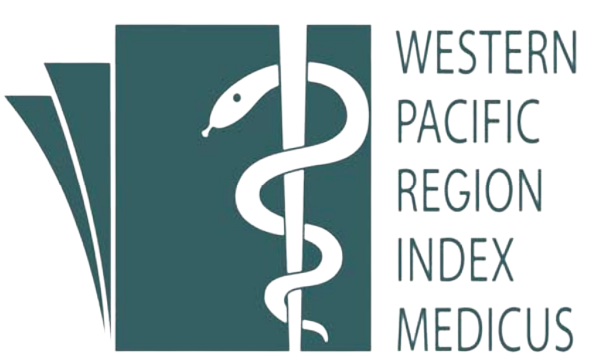Abstract
Objectives: Pectoralis nerve block is a form of regional anesthesia that offers effective pain relief for anterior and lateral chest surgery. This study aim to evaluate the effectiveness, complications and side effect of PECS II anesthesia as a part of multimodal pain management after total mastectomy with axillary lymph node dissection. Methods: This is controlled, cross-sectional study involved 69 patients with health status classified as ASA I, II all scheduled for total mastectomy with axillary lymph node dissection, with or without reconstruction. Patient were randomly divided into 2 groups. The Para-PECS group received pain relief with PECS II anesthesia with levobupivacaine 0.25% (30 ml total: 20 ml between pectoralis minor and serratus anterior muscles, 10 ml between pectoralis major and pectoralis minor) after surgery, combined with paracetamol 1g IV every 8 hours. The Para-Diclo group received diclofenac 75 mg IV every 12 hours and paracetamol 1g IV every 8 hours. Monitor and evaluate VAS at rest and movement, time to request first dose of morphine, total amount of rescue morphin level of movement limitation, complications and side effects at time points 0, 1, 2, 4, 6, 8, 12, 18, 24 hours after surgery. Additionally, the rate of post-mastectomy pain syndrome was surveyed after 6 months. Results: VAS at rest and movement of the Para-PECS group at 0, 2, 4, 6, 8 hours was lower than Para-Diclo group, the incidence of patients requiring rescue morphine after surgery in the Para-Diclo group was 28.6%, significantly higher than in the Para-PECS group was 2.9%, the time to first request for rescue morphine in the Para-Diclo group was 1.53 ± 1.48 hours, significantly earlier than the Para-PECS group which was 6.00 ± 0.0 hours (p < 0.05). Resting VAS, and movement from 12 hours after surgery. There were 9 patients in the Para-Diclo group offer moderate shoulder and arm mobility limitations immediately after surgery in the Para-Diclo group, significantly higher than no patients in the Para-PECS group (p < 0.05). Recovery quality assessed on the QoR-15 scale at the first 12 hours after surgery in the Para- PECS group was statistically significantly higher than the Para-Diclo group (p < 0.05), at 24 hours after surgery were similar in two groups (p > 0.05). There were 7/63 cases (11.1%) with post mastectomy pain syndrome. Among them, the Para-PECS group had 3/32 cases (9.4%), the Para-Diclo group had 4/31 cases (12.9%). The incidence of PMPS was lower in the Para-PECS group but not statistically significant (p > 0.05). Conclusions: PECS II anesthesia is feasible and effective as a component of multimodal analgesia after mastectomy| Published | 2024-09-25 | |
| Fulltext |
|
|
| Language |
|
|
| Issue | Vol. 14 No. 5 (2024) | |
| Section | Original Articles | |
| DOI | 10.34071/jmp.2024.5.20 | |
| Keywords | mastectomy due to cancer, PECS II block, postmastectomy pain syndrome phẫu thuật cắt vú do ung thư, gây tê PECS II, hội chứng đau sau phẫu thuật cắt vú |

This work is licensed under a Creative Commons Attribution-NonCommercial-NoDerivatives 4.0 International License.
Copyright (c) 2024 Journal of Medicine and Pharmacy
Hoang, V. K. H., Ho, K. C., Tran, X. T., Nguyen, V. M., Tran, T. T. L., & Le, V. T. (2024). Effectiveness of ultrasound-guided pectoralis and serratus plane nerve block after mastectomy due to cancer. Hue Journal of Medicine and Pharmacy, 14(5), 153. https://doi.org/10.34071/jmp.2024.5.20






